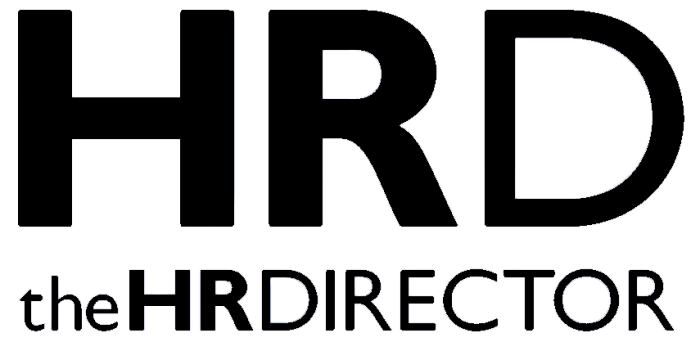The world of work is undergoing a profound shift, one driven not by technology but by people. According to Eurostat, an overwhelming 90% of Europe’s six million highly skilled freelancers say they have no plans to return to permanent employment. This isn’t a passing trend; it’s a clear indicator that worker expectations have fundamentally changed, with autonomy, flexibility and purpose now taking precedence over traditional career structures.
At Matrix, this finding resonates deeply. As a business dedicated to connecting people to work we see firsthand how the structure and sentiment of the workforce is changing. Freelancing is no longer a stopgap or last resort – it’s a deliberate and often strategic career choice. Our newly published whitepaper, Unlocking Unseen Talent: The Future of Work, explores this shift in depth, revealing the rise of the agile and blended workforce as both a business imperative and a cultural movement.
Autonomy Over Stability
Why are so many highly skilled professionals walking away from permanent roles? Quite simply, they want autonomy, flexibility and purpose. Many are choosing freelance and contract work not because they can’t find permanent jobs but because they don’t want them.
The traditional full-time model, with its set hours and linear career paths, no longer appeals to a growing segment of the workforce who value freedom, control over their schedules and the ability to work on projects that inspire them. Some are driven by dissatisfaction with office politics or a desire to avoid the constraints of corporate hierarchies. Others are motivated by the potential to earn more or to design a work life that fits their personal one. As Tomas Chamorro-Premuzic, professor of business psychology at University College London mentioned in the report, many independent professionals are simply “happier without a bad boss.” That’s not a throwaway comment, it’s a reflection of the deeper desire for a working life shaped by personal agency.
A New Definition of Talent Strategy
For employers, this poses an urgent challenge: how do you attract and retain the best talent when that talent no longer wants to be ‘employed’ in the traditional sense? The answer lies in rethinking the very foundations of workforce strategy. At Matrix, we advocate for the agile workforce model, where full-time employees, freelancers, contractors, gig workers and even AI are brought together into a flexible and responsive talent ecosystem. Implemented well, this model allows organisations to scale rapidly, access niche skills on demand and build teams tailored to the exact needs of each project or growth phase. It also means creating systems that provide the same level of visibility, compliance and strategic workforce planning for contingent workers as we do for permanent staff.
But it’s more than just a logistical shift – it requires a change in mindset. It’s about valuing outcomes over inputs, moving from job roles to skill sets and creating an inclusive culture where all workers, regardless of contract type, feel valued and connected.
From Plugging Gaps to Driving Strategy
Historically, contingent workers were brought in to “plug gaps.” Today, they are central to driving innovation and transformation. Our whitepaper highlights how many leading organisations are now deploying freelancers and contractors in key strategic roles, not just for temporary support. The reason is clear: these professionals bring fresh perspectives, cutting-edge skills and deep cross-sector experience. They are often at the forefront of change, having worked across multiple businesses and projects. When combined with in-house knowledge, they can accelerate transformation and build organisational resilience.
Building the Infrastructure for Agility
To make this work, businesses need the right infrastructure. That means technology to track and manage a multi-type workforce, clear governance to navigate compliance across global markets, and leadership equipped to manage diverse teams and working styles. Crucially, organisations must create a culture where freelancers and permanent staff are aligned, not divided. That means involving freelancers in team communications, performance conversations and cultural rituals without crossing into legal grey zones that blur employment status.
The Future Is Flexible
This shift is not temporary, it’s structural. The highly skilled talent pool of the future will be fluid, purpose-driven and often independent. Organisations that fail to adapt risk missing out on the very skills they need to thrive in an uncertain, fast-moving world.
To my fellow business leaders and HR professionals: now is the time to take stock. Look beyond the job title. Build flexible pathways. Embrace the blended workforce.
Because the future of work isn’t just about who we hire, it’s about how we create the conditions for great work to happen. And increasingly, that means welcoming those who don’t want a permanent desk, but who still have a permanent impact.
Mark Inskip is CEO of Matrix Workforce Management Solutions. Download the full whitepaper, “Unlocking Unseen Talent: The Future of Work”, at https://landing.teammatrix.com/download-unlocking-unseen-talent







